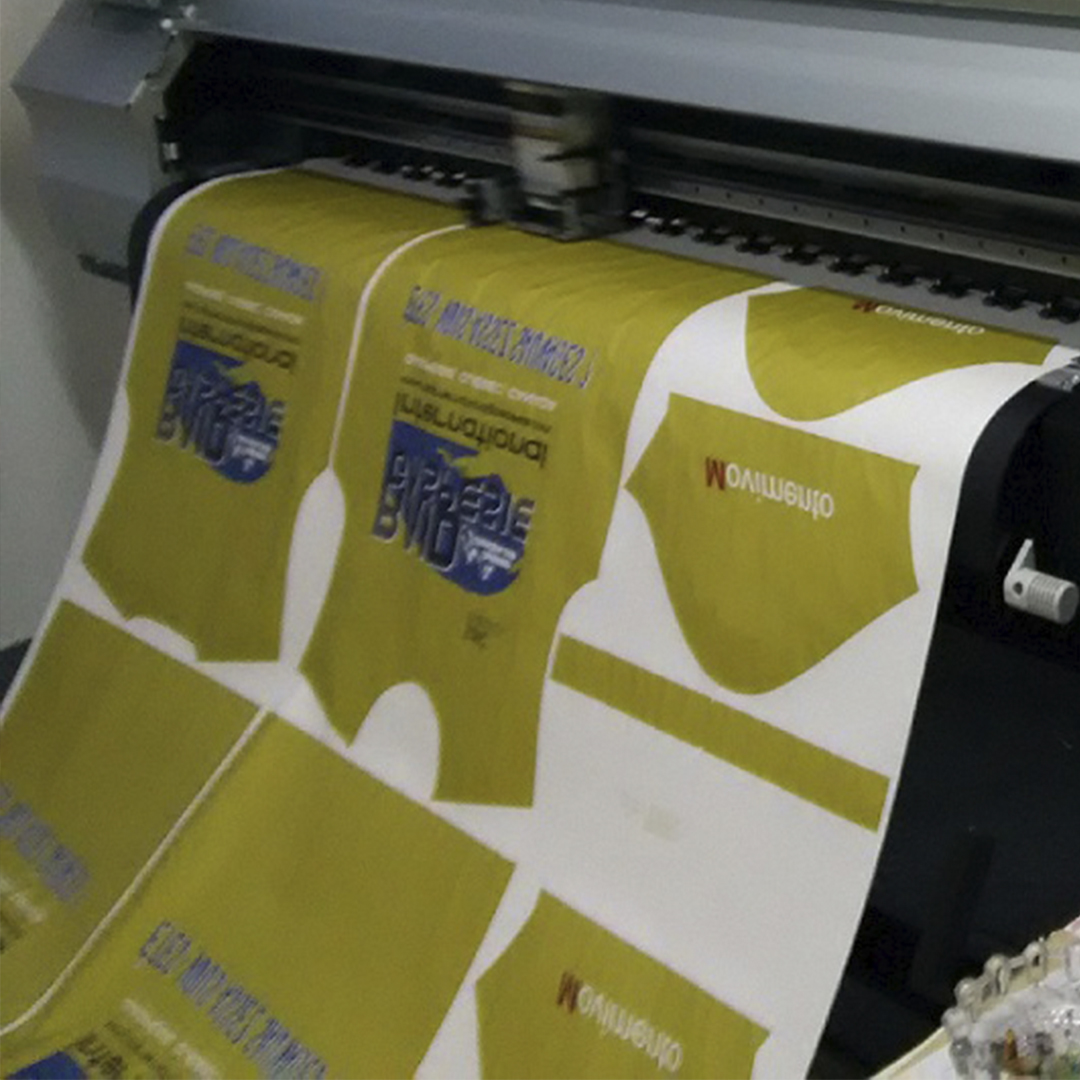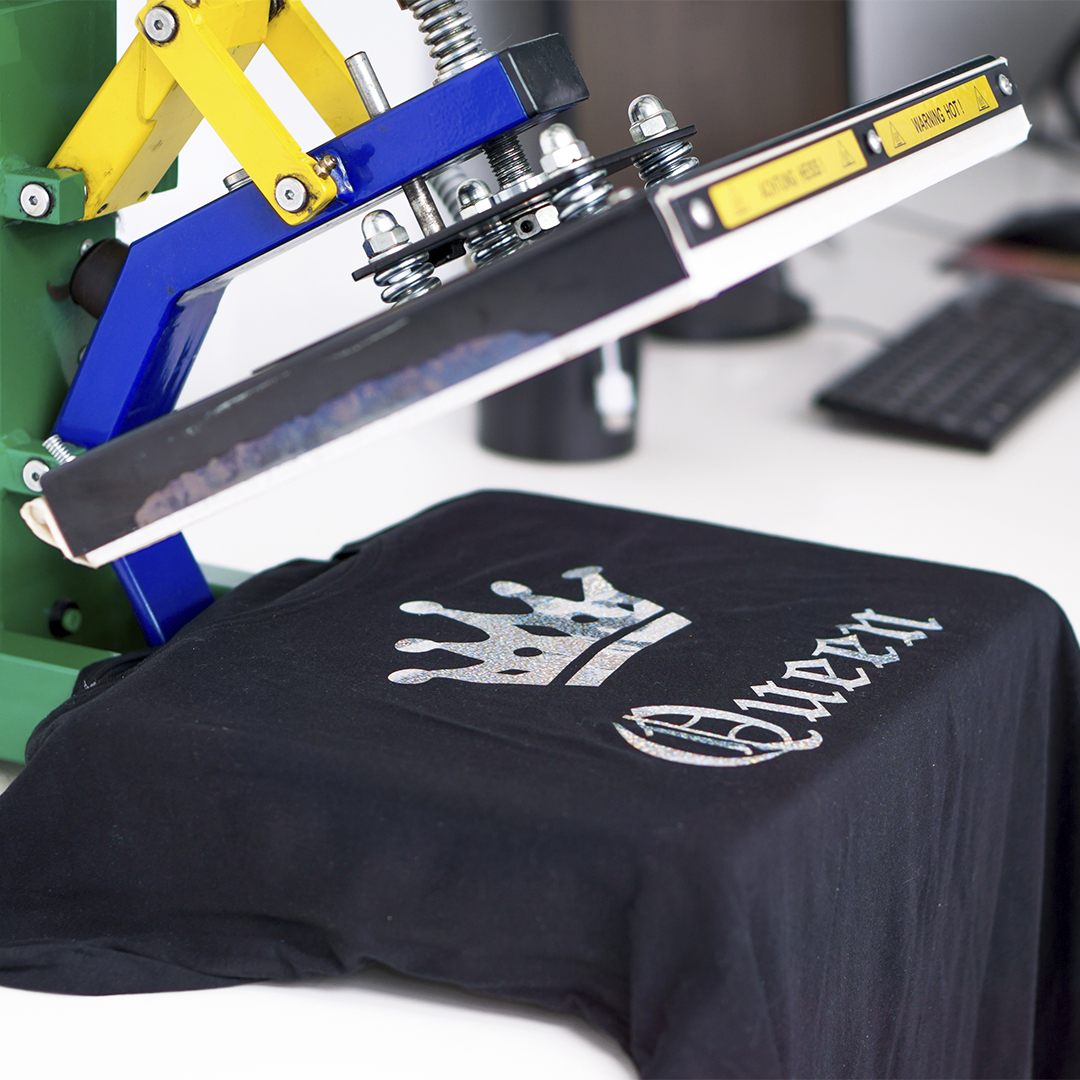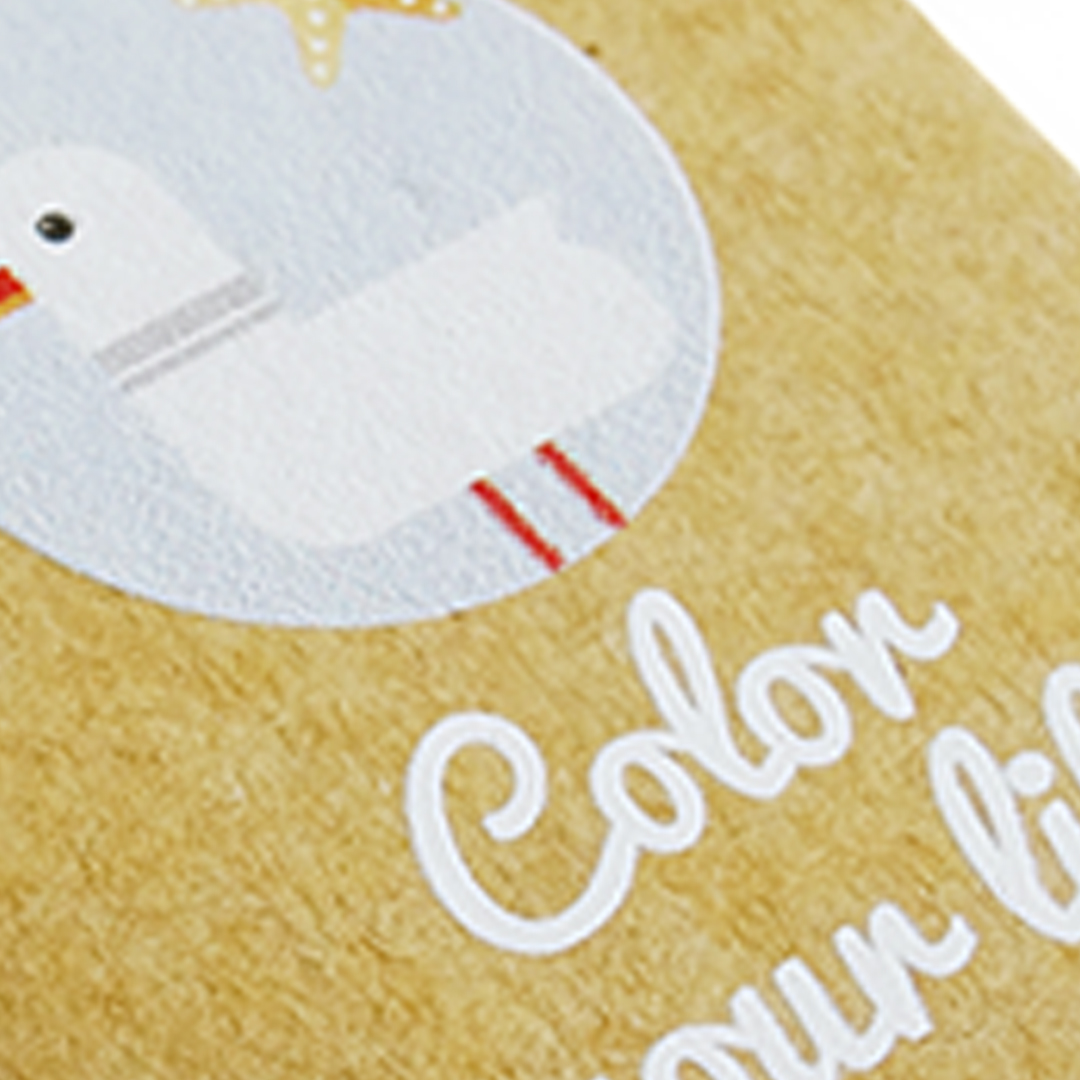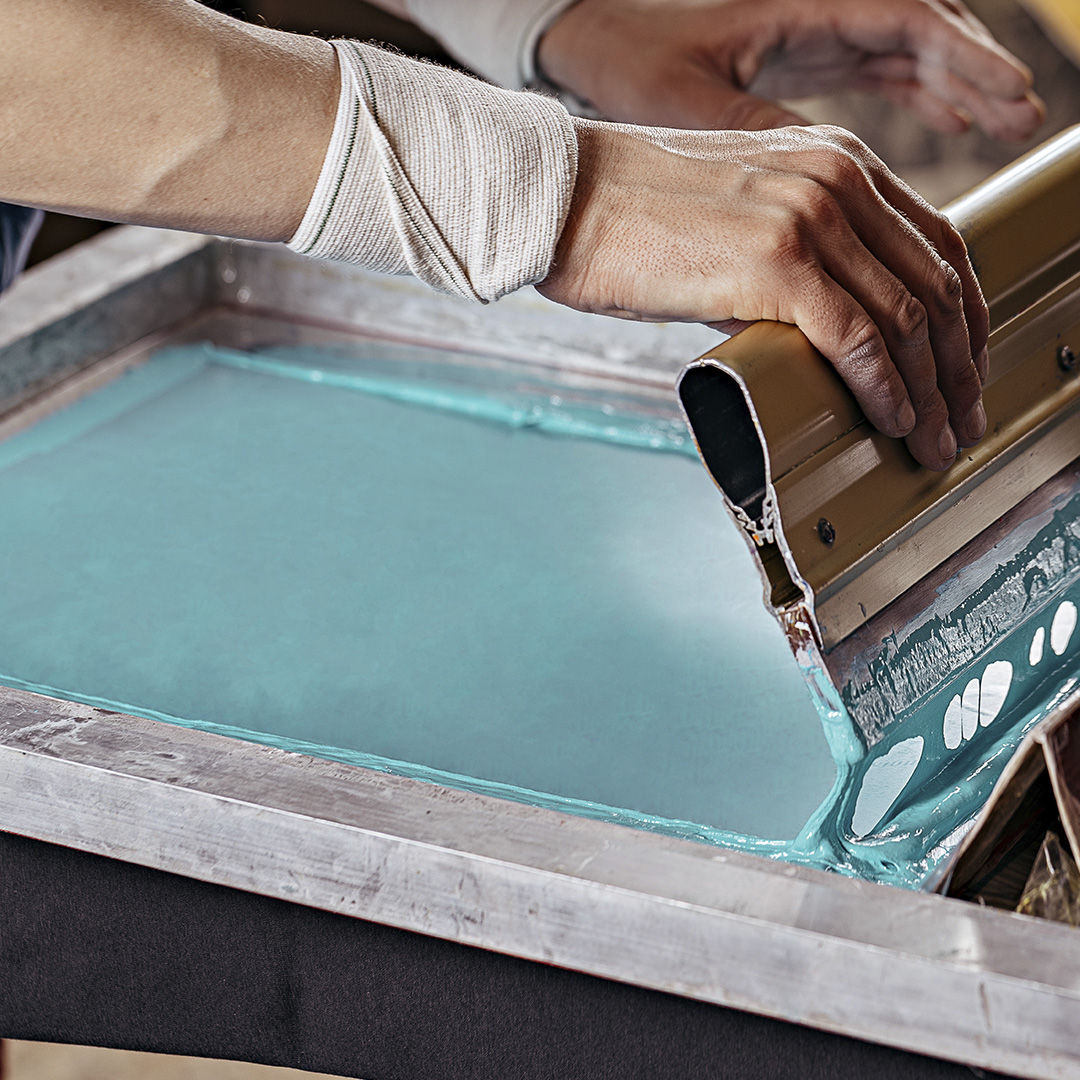Hugo A5 hardcover notebook made from repurposed milk cartons. Contains 160 70gsm recycled dotted pages, a marked space for your date and page info, a closing elastic and a ribbon marker for your convenience. Embrace sustainable creativity! Supplied in an individual kraft sleeve.
Size:
14,5x21
Composition: Recycled Natural Material
Weight: 240 grams
Units per box: 50 units
Box measurements: 23 x 30 x 31.5 (cm)
Digital transfer
Digital transfer is ideal for digitally marking small quantities and without color limitations. It's used on products such as document holders, backpacks, non-woven bags, cork products, and soccer balls.
Silkscreen transfer
Silkscreen transfer is a technique similar to silkscreen printing. The difference is that instead of transferring the ink directly onto the product, it is first printed on transfer paper. This transfer paper is then applied to the product using a heat press. The advantage of this technique is that it supports four-color printing (screen printing only allows for spot colors) and achieves highly uniform results. It is suitable for small quantities of textile products. It is often used for gifts such as document holders, backpacks, non-woven bags, cork products, and soccer balls.
Digital UV
Digital UV printing is a digital printing technique that uses inks that dry immediately when exposed to UV light. The result is maximum definition, sharpness, quality, and durability of the marking, which is resistant to sunlight and water. It can also be combined with varnishes and white inks to achieve striking effects. This marking technique has many printing applications: aluminum, wood, glass, methacrylate, PVC, among others. It is often used in promotional gifts for pens, keychains, rulers, and notepads.
Screen Printing
Screen printing is one of the most widely used techniques, allowing printing of up to six spot colors depending on the product and providing long-lasting and reliable results. This technique is applied to smooth surfaces, achieving high-resolution images. Screen printing involves transferring the design to a screen (polyester or nylon mesh) coated with a photosensitive layer that reacts with ultraviolet light. This light hardens the areas not to be printed, allowing the design to bleed through. This technique is often used on textiles, plastics, wood, or aluminum items such as T-shirts, bags, jerry cans, notepads, backpacks, and caps.











